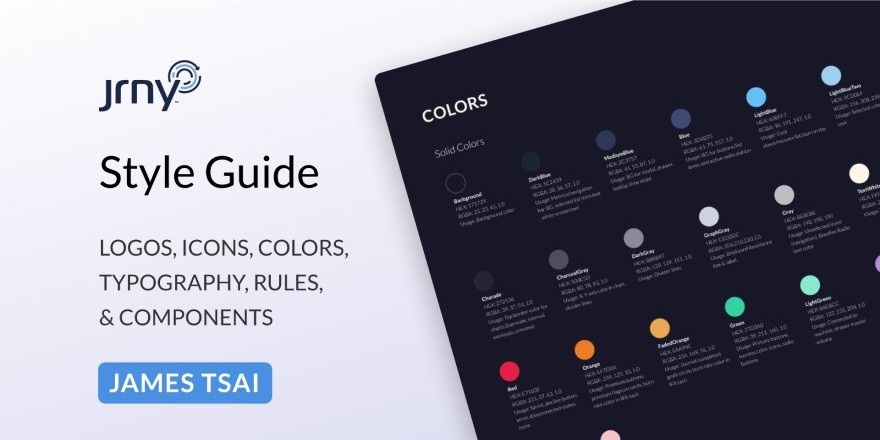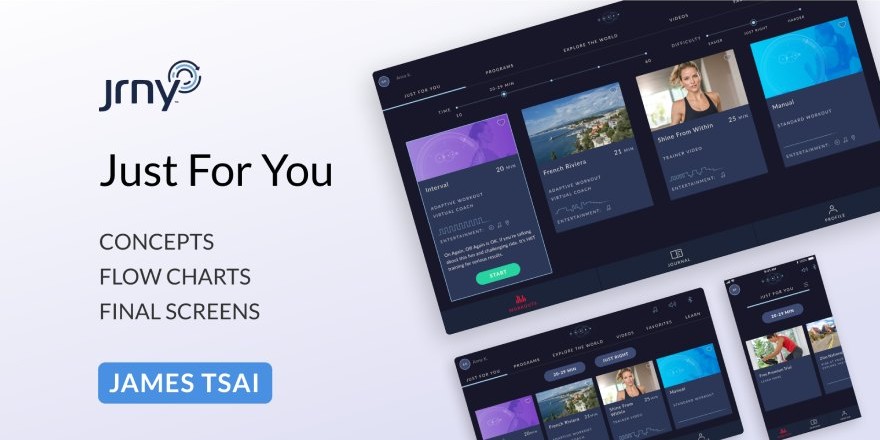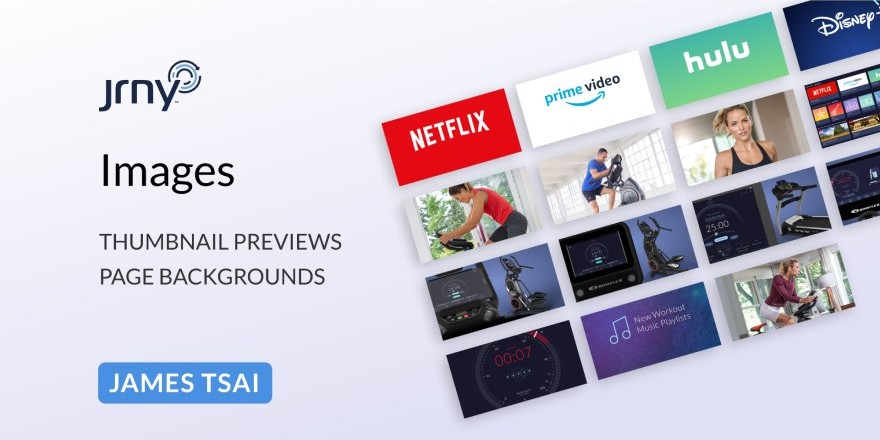BowFlex® JRNY® is a digital fitness experience that provides adaptive workouts, AI coaching, and entertainment. Available on Bowflex products and iOS or Android devices, JRNY brings personalized exercises that are unique to each individual.
Through extensive research and innovation, we crafted amazing workout sessions that are motivating and fun for people of all fitness levels. The following case study covers the project from initial concepts to product release.
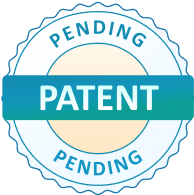
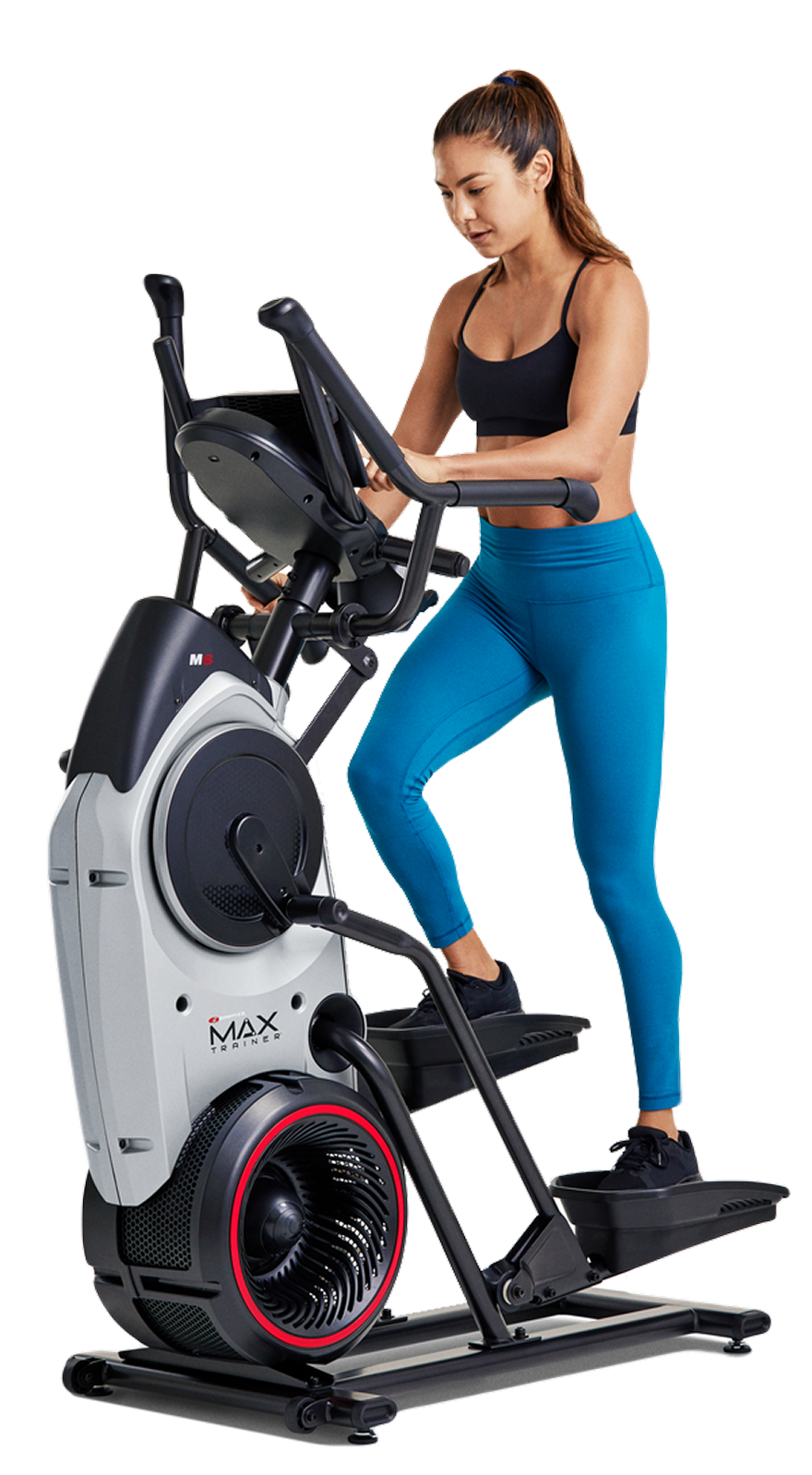
The Bowflex Max Trainer with JRNY.




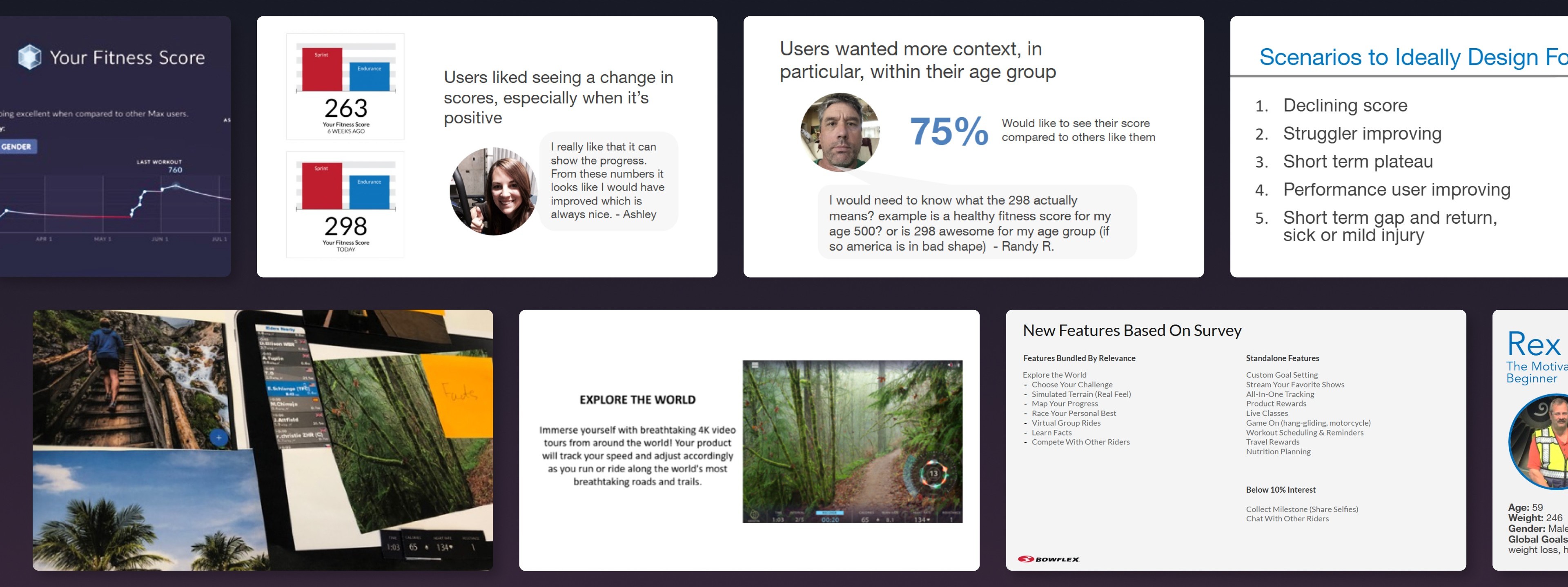
Research of Bowflex personas, their motivations, obstacles, and desired features.

Essential as the first step in Nautilus’ bespoke product development process, Innovation was at the heart of every concept. We began with a small, core team of cross-functional innovators.
Representing digital experience design, I worked hand-in-hand with directors, managers, industrial designers, hardware and software engineers, and researchers across numerous whiteboards.
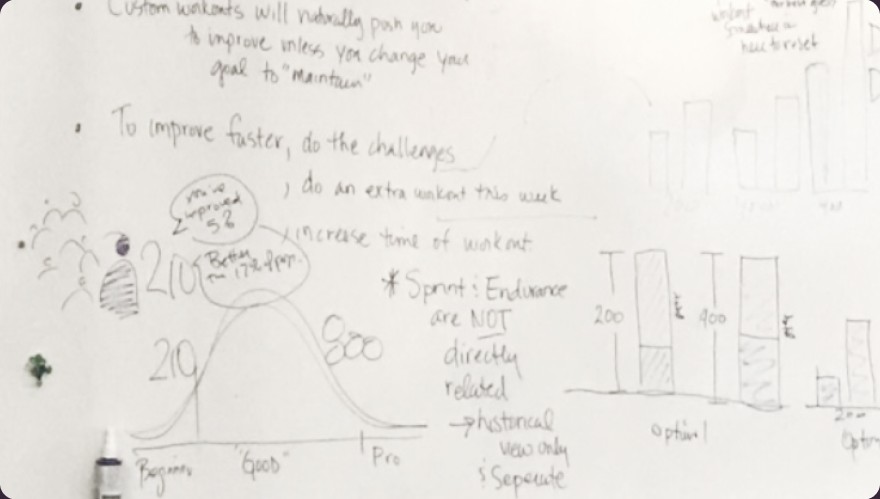
The Bowflex brand was facing growing competitive pressure in the fitness industry. Peloton offered spin bikes and online studio classes. NordicTrack sold multiple modalities with interactive screens and a companion app. Mirror and Tonal both launched reflective displays with workouts and coaching. Other companies provided similar features, but none did them particularly well.
To stand out from the crowd, our product needed to match what customers expected, then exceed those expectations with industry-leading features exclusively available from JRNY. I partnered with product line managers to analyze the competitive landscape and ideate on feature sets.
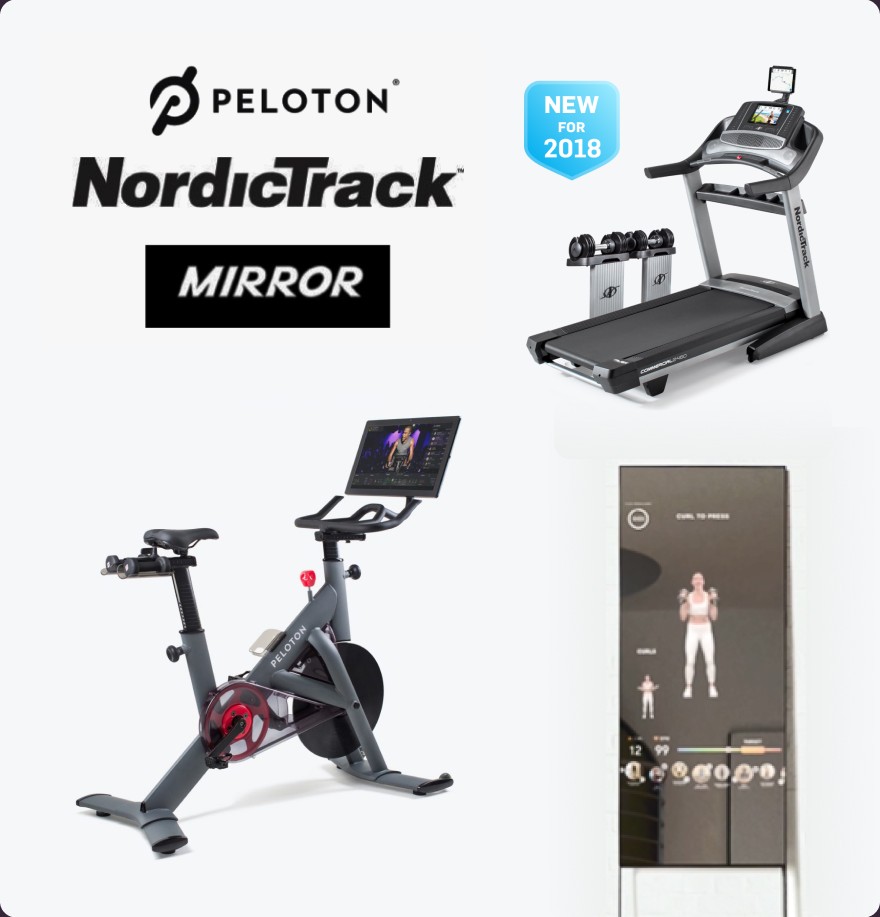
My collaboration with researchers provided invaluable insight into multiple personas. Bowflex customers varied in their personal fitness knowledge, capabilities, and journeys. Surveys and live interviews captured their lifestyle attitudes and where their fitness ranked in priorities.
We learned about their challenges, both physical and mental. We studied ways to make exercises both motivating and fun so they will keep coming back for more.
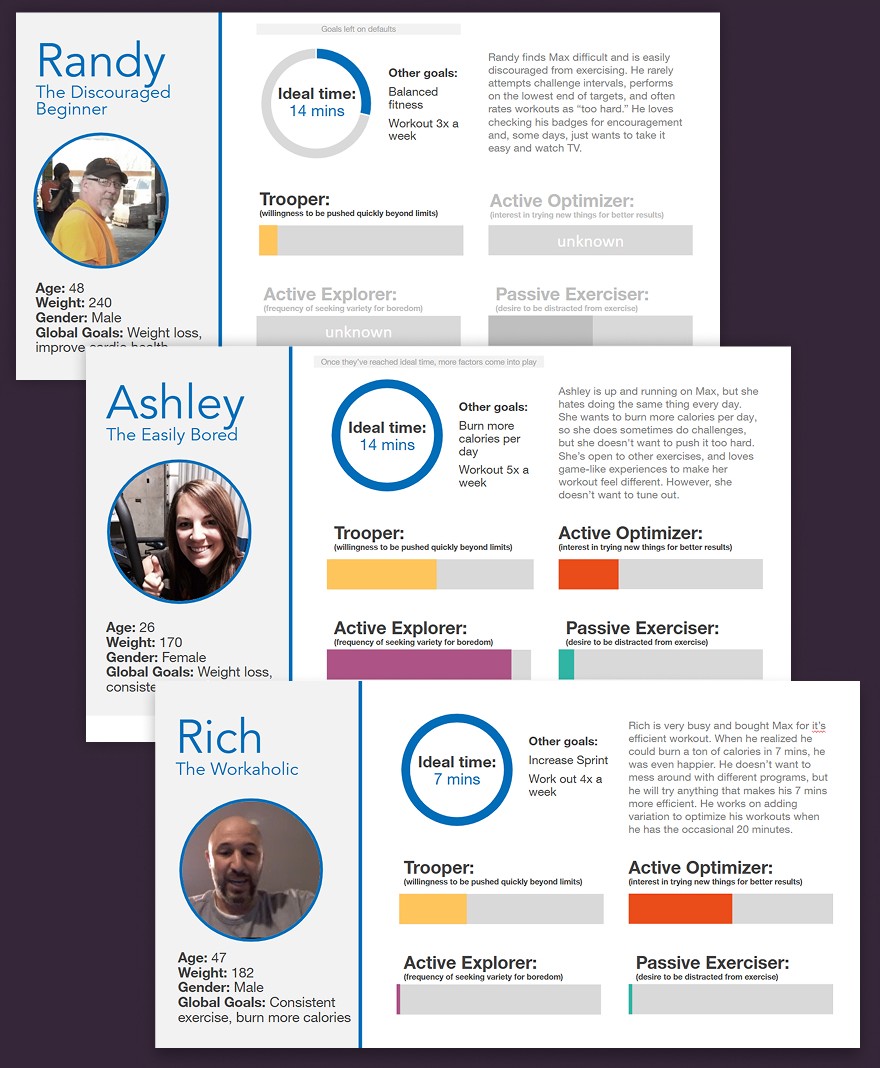
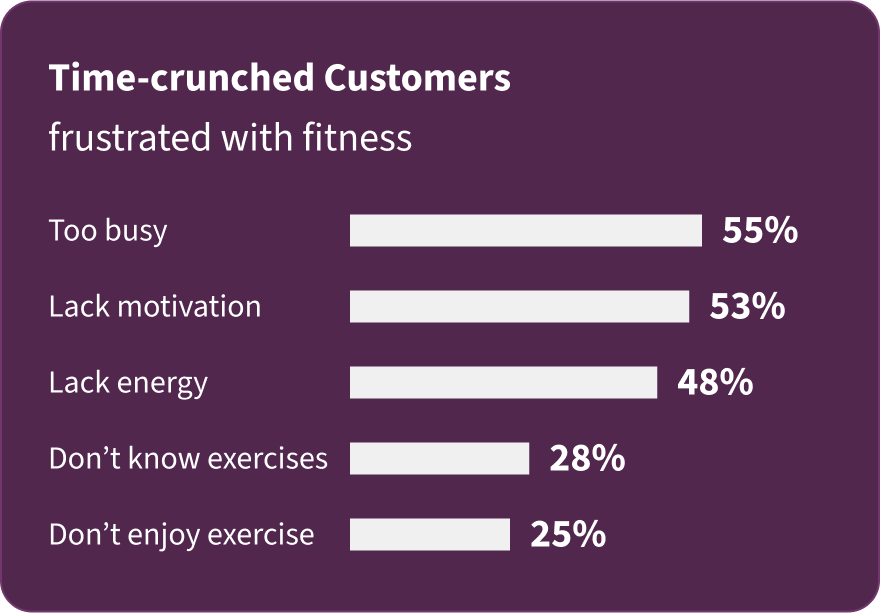
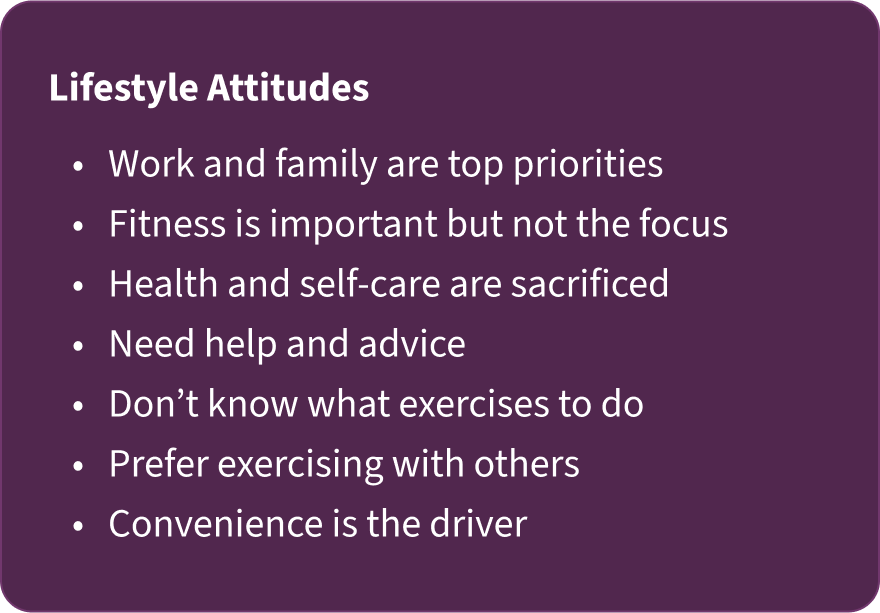
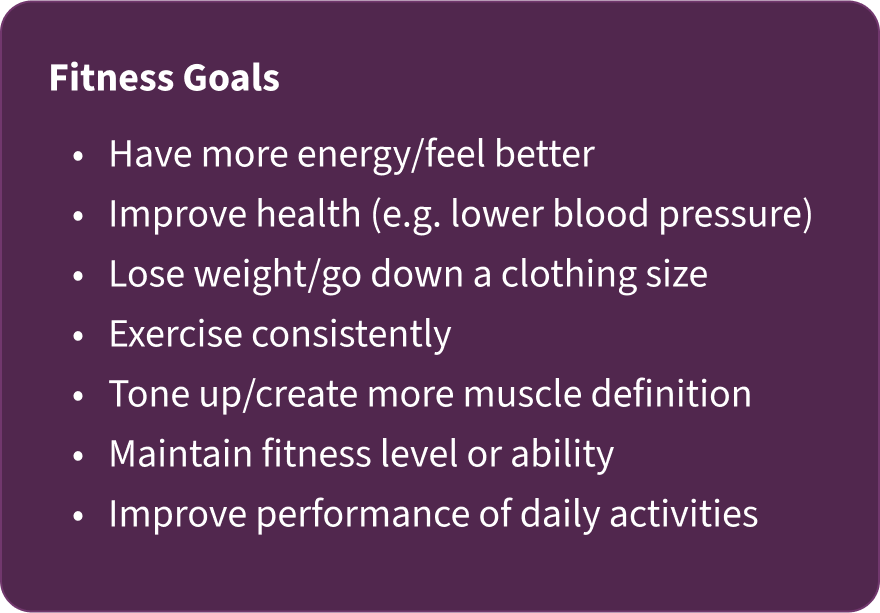
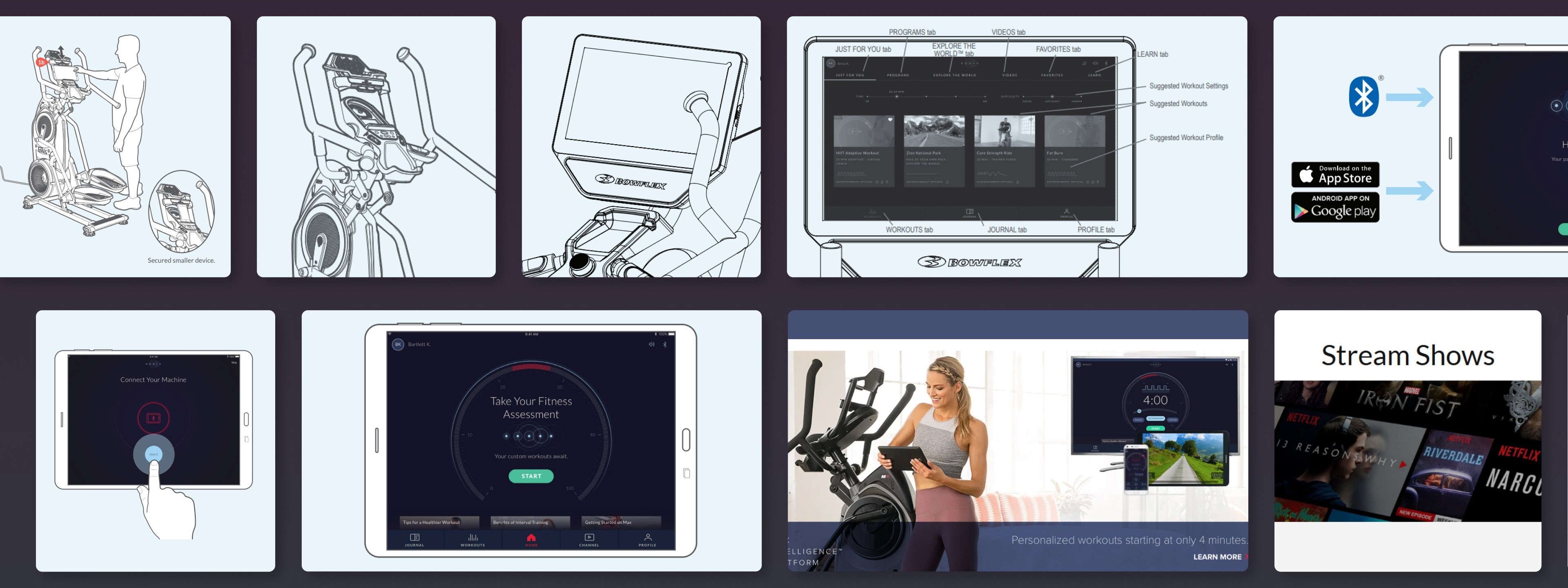
The Industrial Design team's concepts alongside my digital experience explorations.

The second step in the product development process distilled research, hypotheses, and ideation into defined concepts. We took everything we learned about the business and customer needs, turning them into multiple, digital prototypes to present to leadership.
During this stage, I spent a lot of time with mechanical and firmware engineers, testing physical and digital prototypes together. I also collaborated with industrial designers, combining their mockups with my digital experience concepts and feature sets.
Bowflex JRNY® became our rebranded connected fitness platform. We focused our MVP by pairing our revamped digital experience with the Max Trainer, our best-selling elliptical machine.
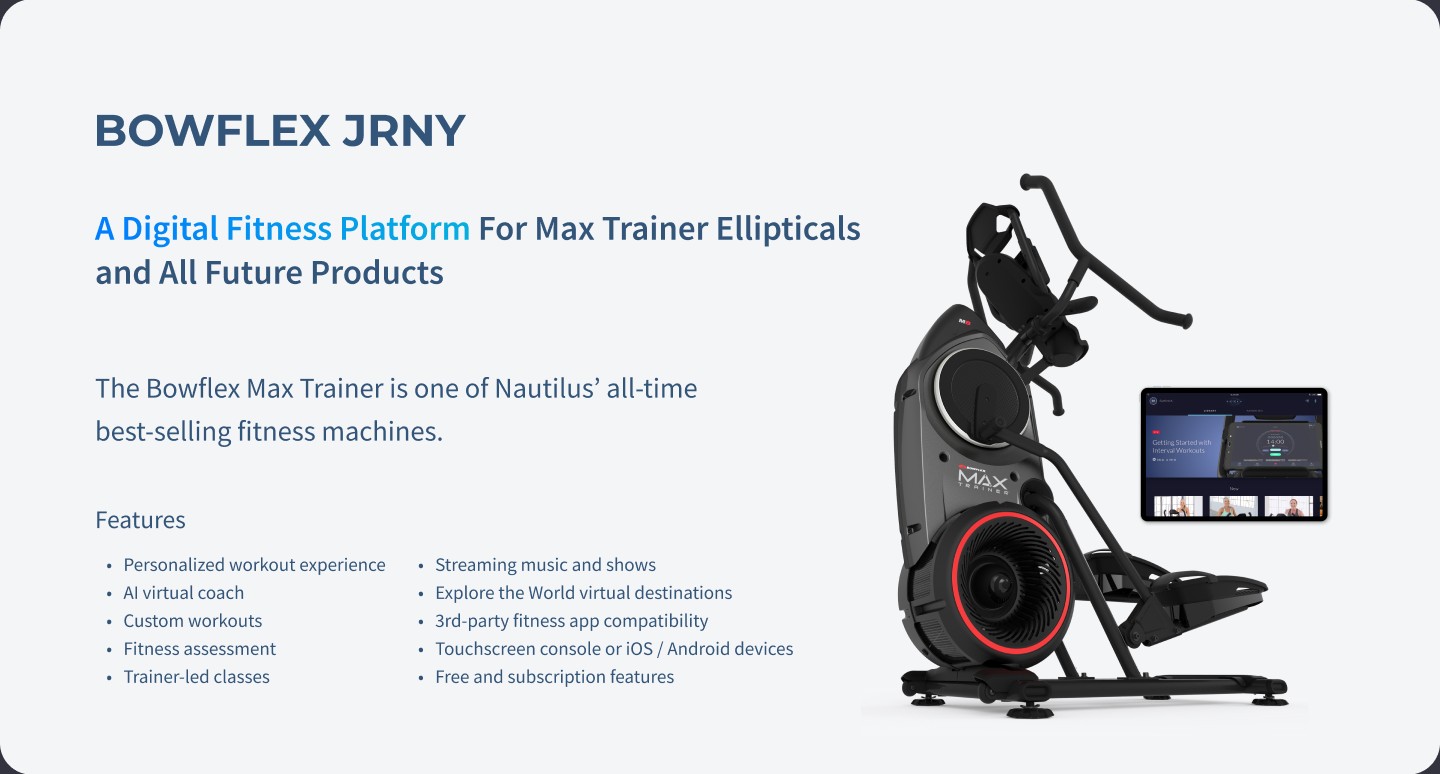
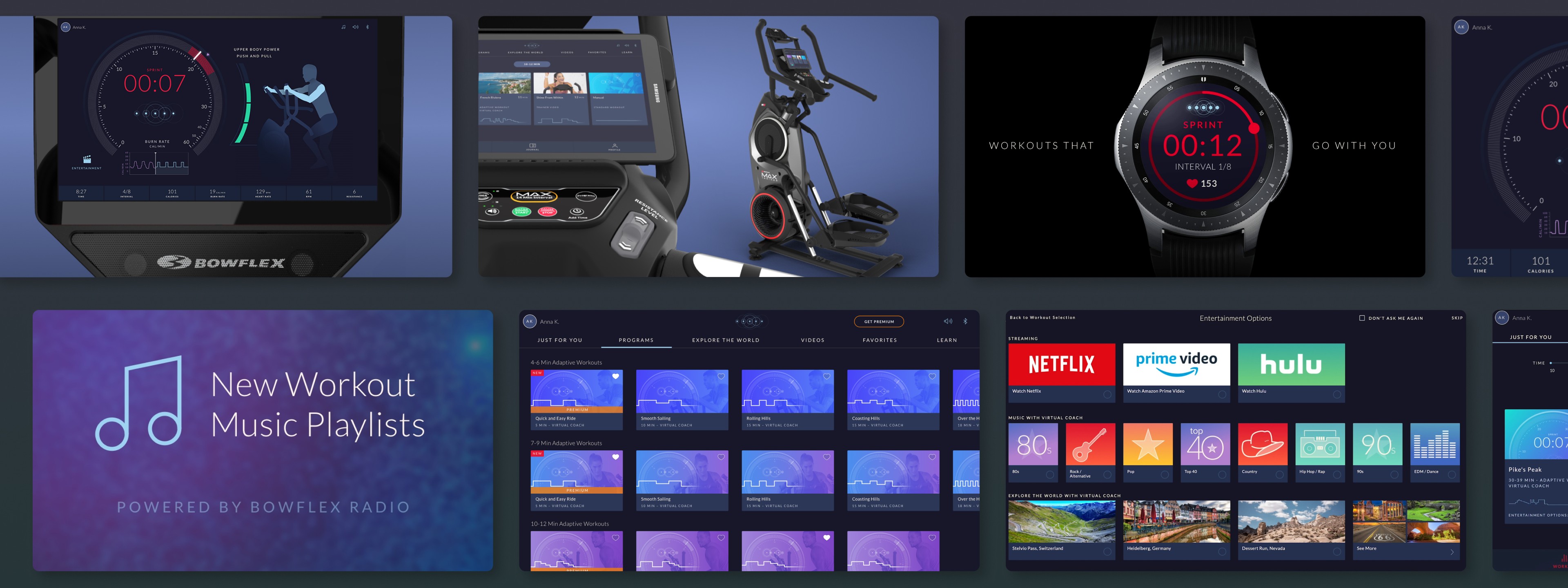
My mockups and final product screen designs.

With leadership’s selection of a product concept, we kicked off the Design Development phase by innovating on every aspect. We launched in-depth research, formulated workout programs, developed our AI coach’s personality, and went through numerous rounds of user testing and revisions.
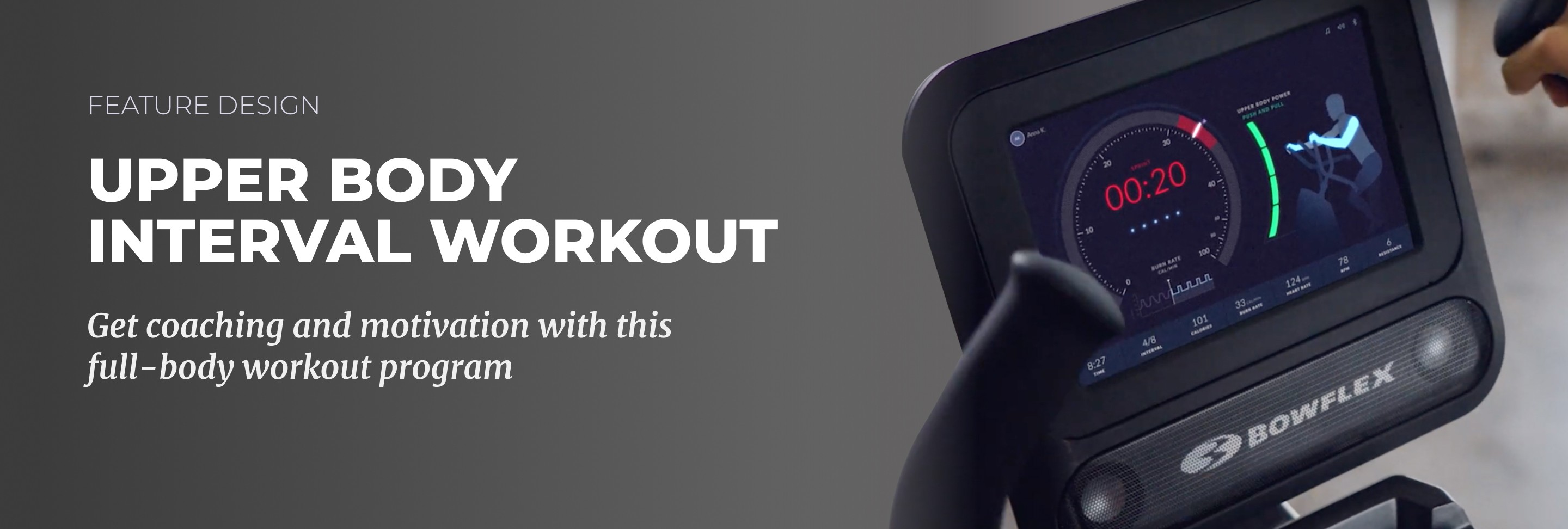
The Upper Body Interval Workout was a new and exclusive feature for Max Total ellipticals, a premium tier from the Max Trainer product line. It includes dedicated onscreen visuals and audio voice coaching to motivate users.
Design goals included:
Below are multiple concepts that I created, developing each one with hardware and firmware engineers, then user-testing during multiple in-person trials.
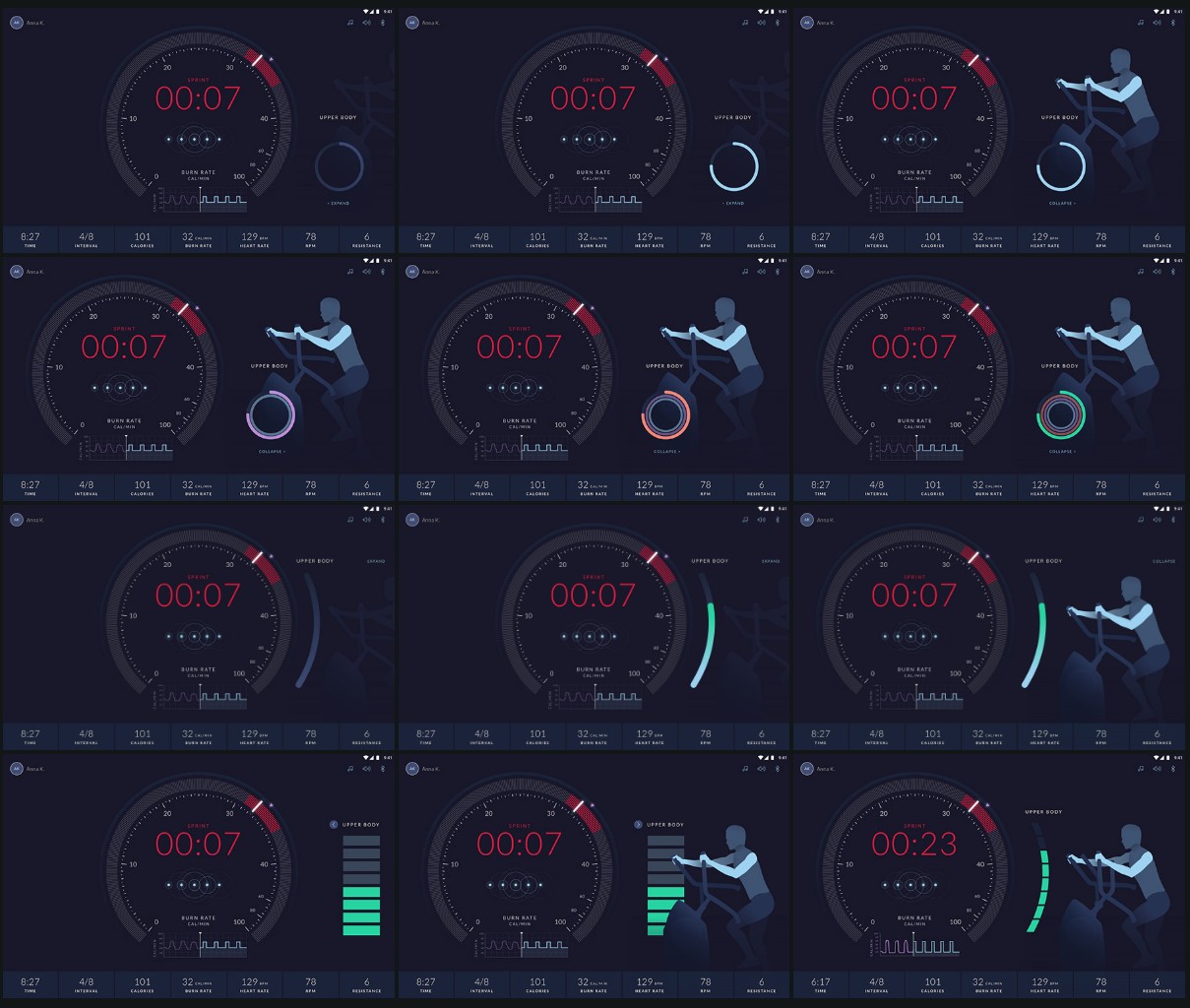

Layered workout experiences are at the heart of the Bowflex JRNY platform. Users may choose a workout program based on how much time they have. They also have a host of options: an AI coach, streaming entertainment, outdoor scenery from around the world, and more. Numerous combinations provide a personalized session that’s never boring.
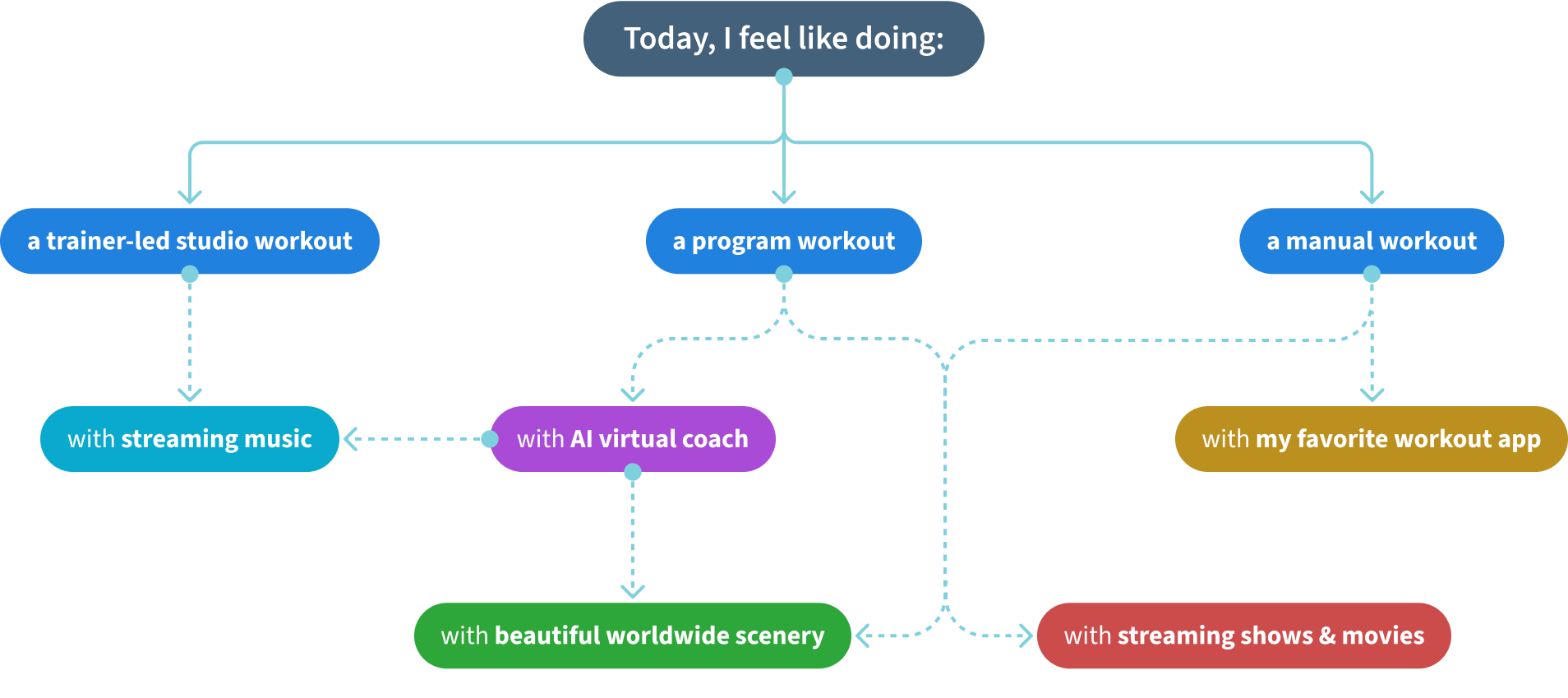
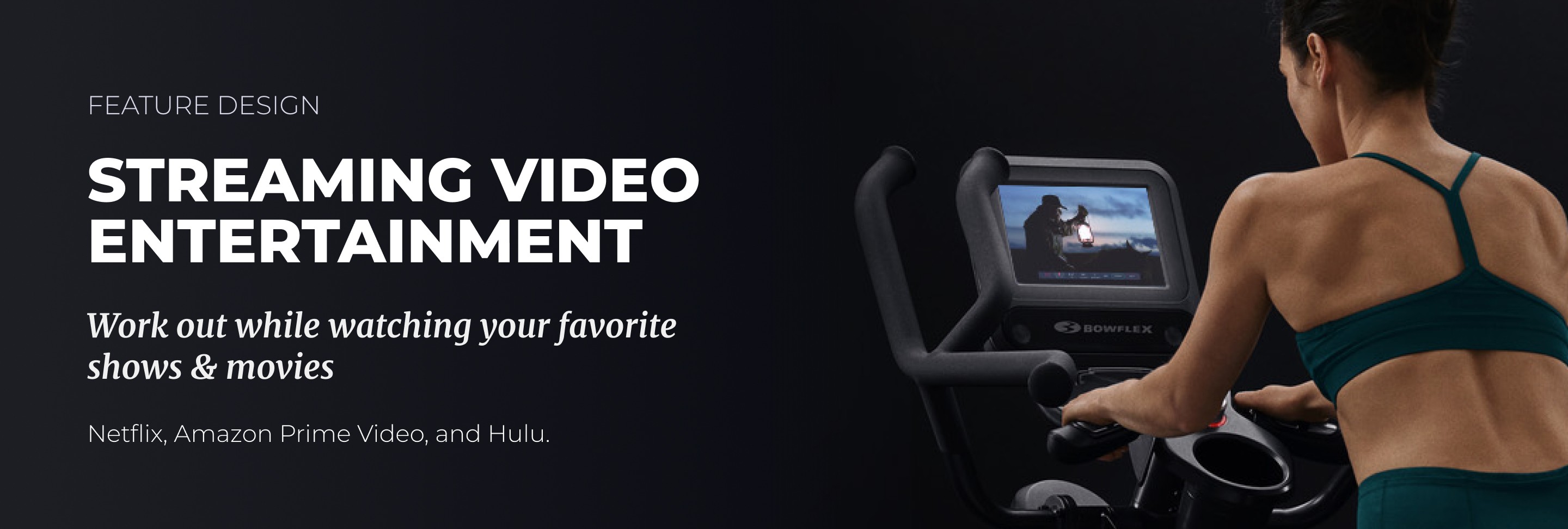
Allowing users to choose their streaming service during a workout required accommodating numerous technical complexities. I created a comprehensive UX flow that gave users a seamless experience while meeting developer specs and technology constraints.
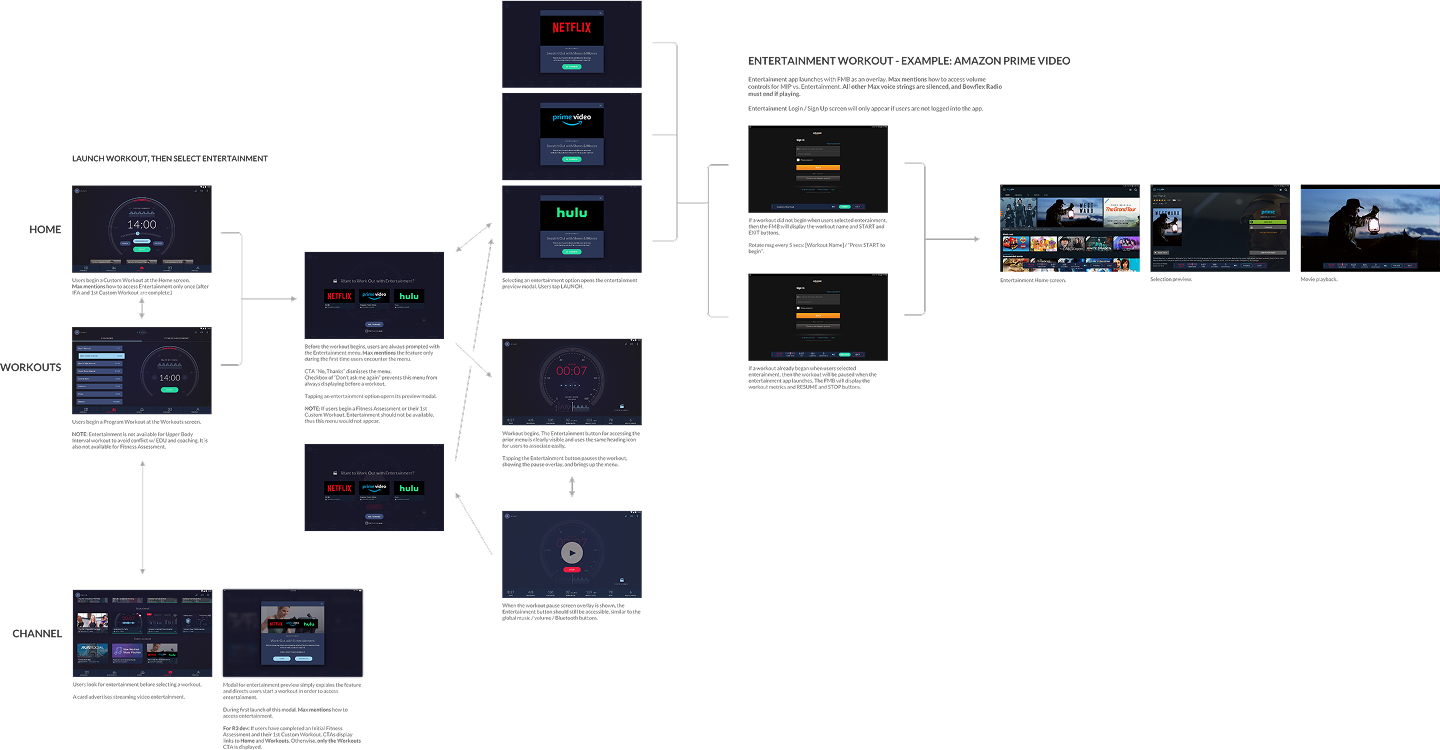
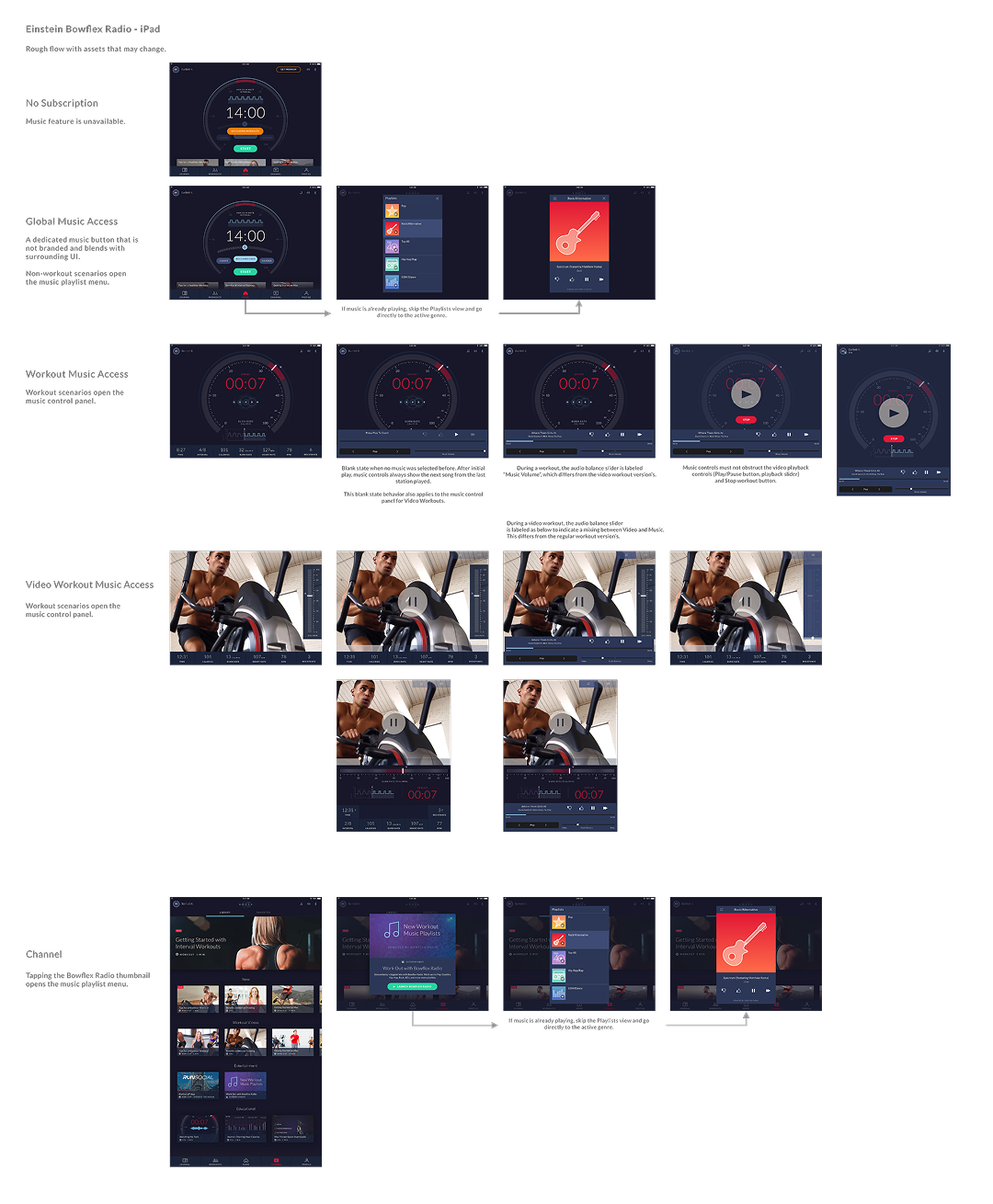
How do you guide users through an effective workout while letting them focus on their shows? I created UI elements that lightly coached users through various types of workouts. A single floating metrics bar provided simplicity while accommodating numerous possible states of information. Refinements after rounds of usability testing ensured the right user experience.
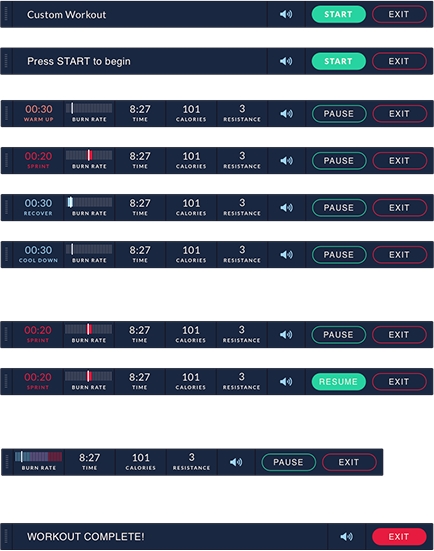
Bowflex JRNY involved a complete redesign to feature the new layered workout experience. For the MVP, the UI needed to support the Max Trainer line’s consoles as well as compatible iOS and Android tablets and phones. At the same time, it needed to support other Nautilus fitness products on the roadmap, including the upcoming Bowflex VeloCore® bike and its two built-in screen options: a 15" and a 22" display.
To ensure a cohesive and universal digital experience throughout the JRNY ecosystem, I created UX-UI to support all screen sizes and devices for all modalities. This involved working through numerous technical challenges and constraints to ensure that other products could have their own distinctive experience as well. I created illustrations and animations to highlight muscle engagement and workout actions. I worked with a small team of UI designers and product experts, submitting a patent for our groundbreaking experience.
In the end, we crafted JRNY into a fun and entertaining platform for ellipticals, bikes, treadmills, kettlebells, and off-product exercises.
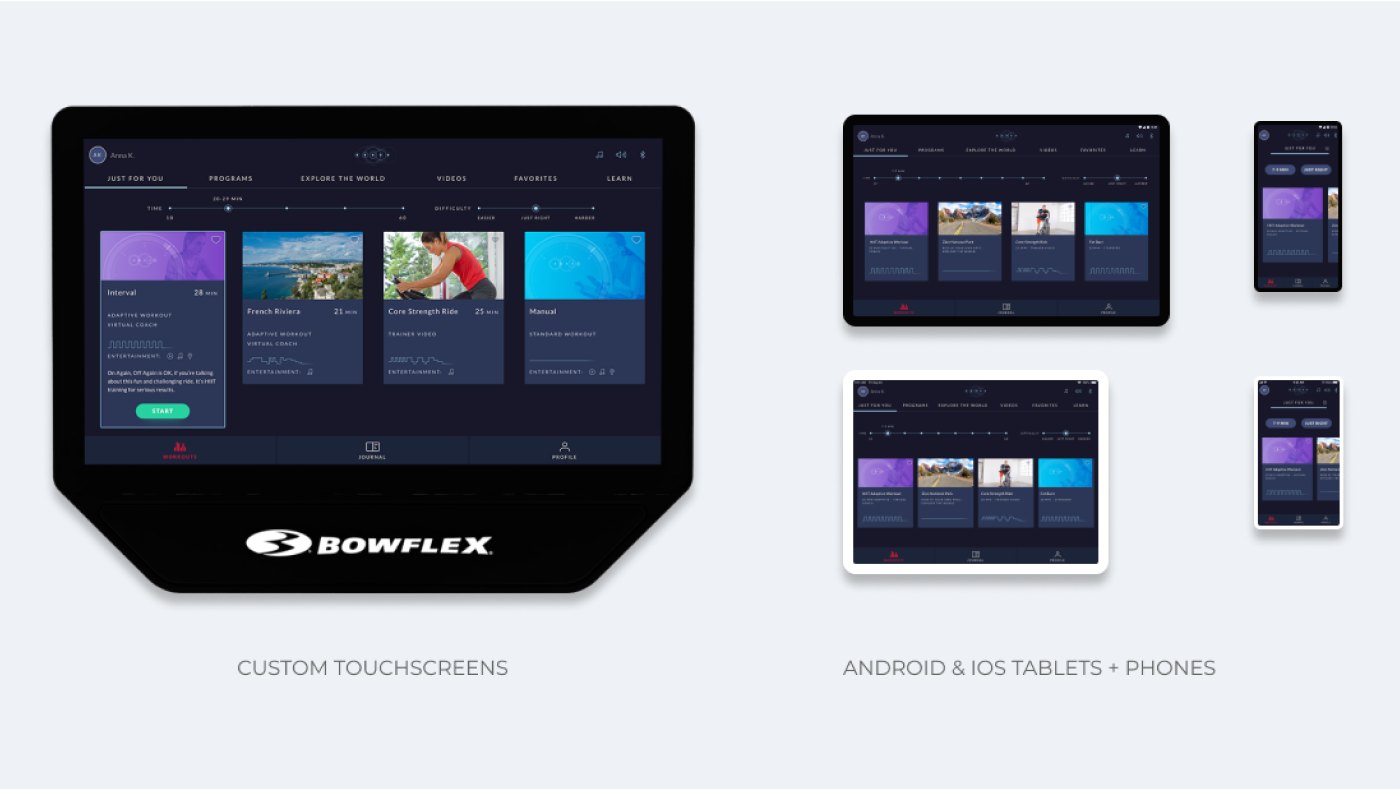
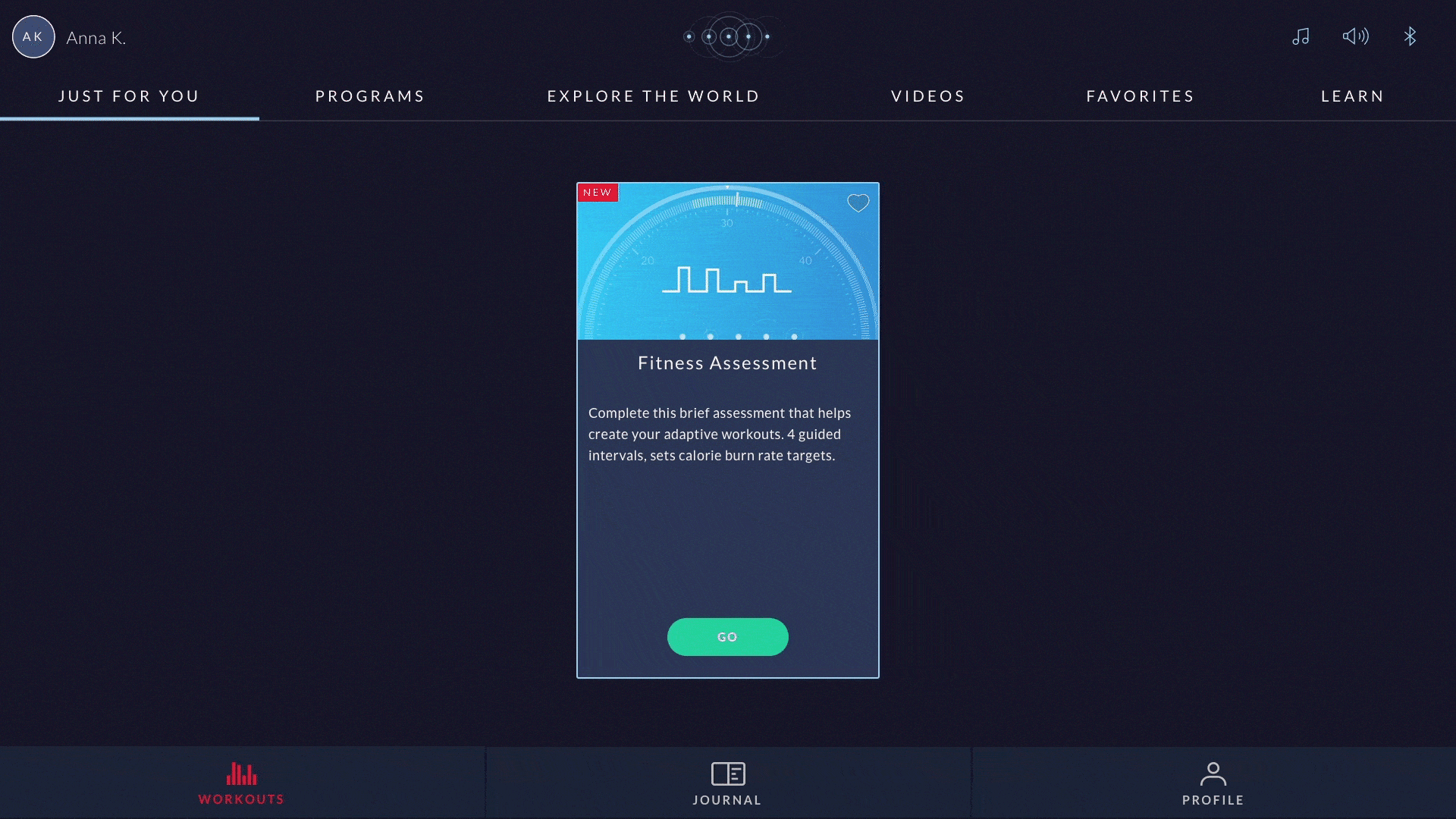
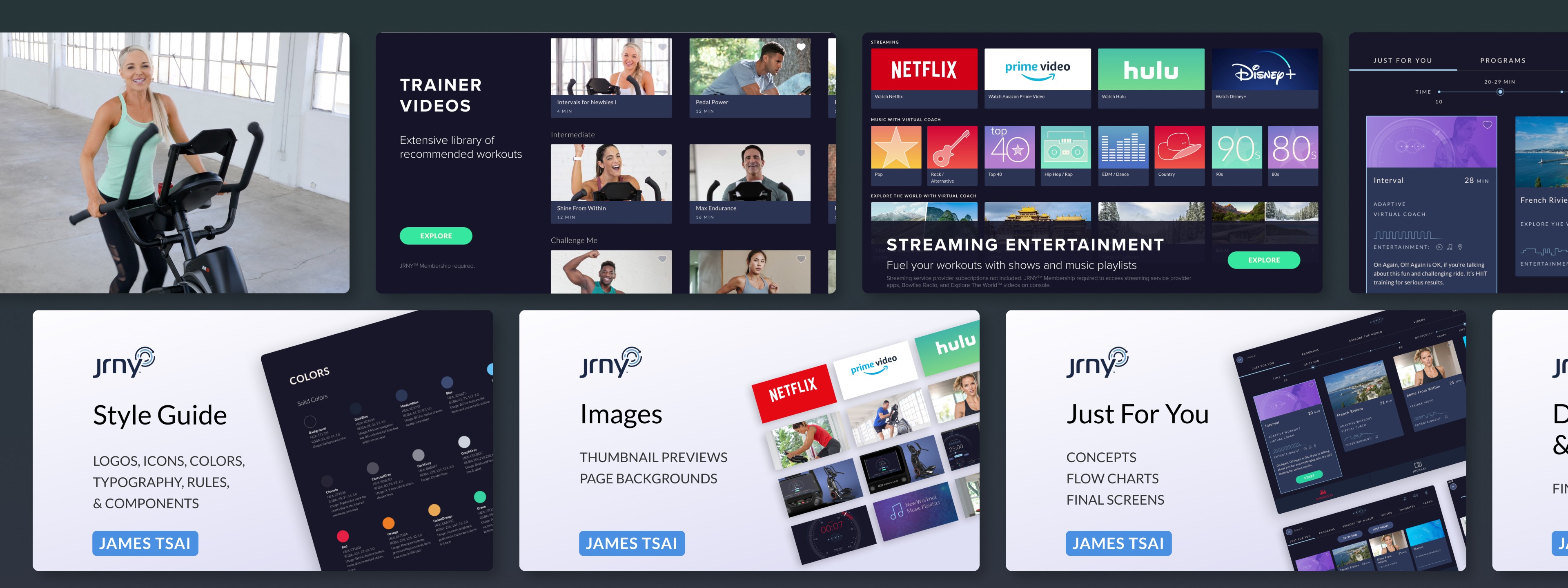
My demo videos with 3D animations, and my Figma design system library.

Bowflex JRNY and the new line of Max Trainers were complete. Our new connected fitness platform’s design extended to numerous other products across the Bowflex ecosystem. In this last stage, I created product demonstration videos and content, supported the Marketing department, and finalized UI designs with a new Figma design system.
After final designs were handed off, I quickly pivoted to 3D animation and video production. I created numerous onboarding videos that inform users on setup and key features. They became the template for other designers to produce setup videos for other Bowflex products.
For the retail experience, I produced looping demo videos that displayed on Bowflex product screens. Shoppers were attracted by the demos and could try out featured programs. I also supplied Marketing with motion graphics and UI that appeared in commercials.
Bowflex JRNY was launched with a new line of Max Trainers in November 2018. It was featured by numerous media outlets including The Today Show, CNet, ZDNet, Shape, Health, Men's Health, Good Housekeeping, ABC, The New York Times, and more. It was also covered by influencers on Instagram and other social media platforms. JRNY and Max Trainer went on to be featured at the Consumer Electronics Show in 2019. Bowflex Max Trainers with JRNY are available for purchase from Bowflex.com and major retailers.
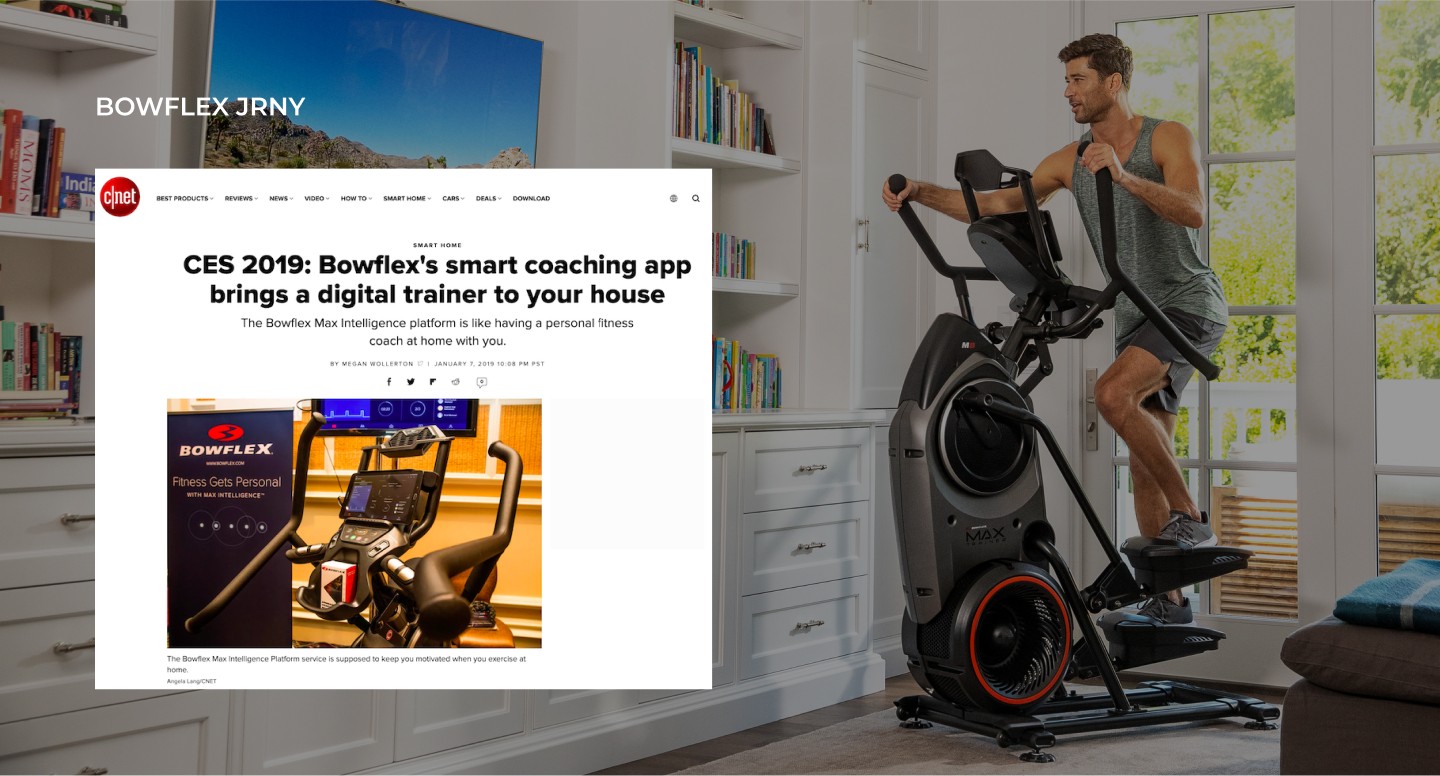
JRNY’s innovative UI for workout metrics and entertainment is patent-pending.
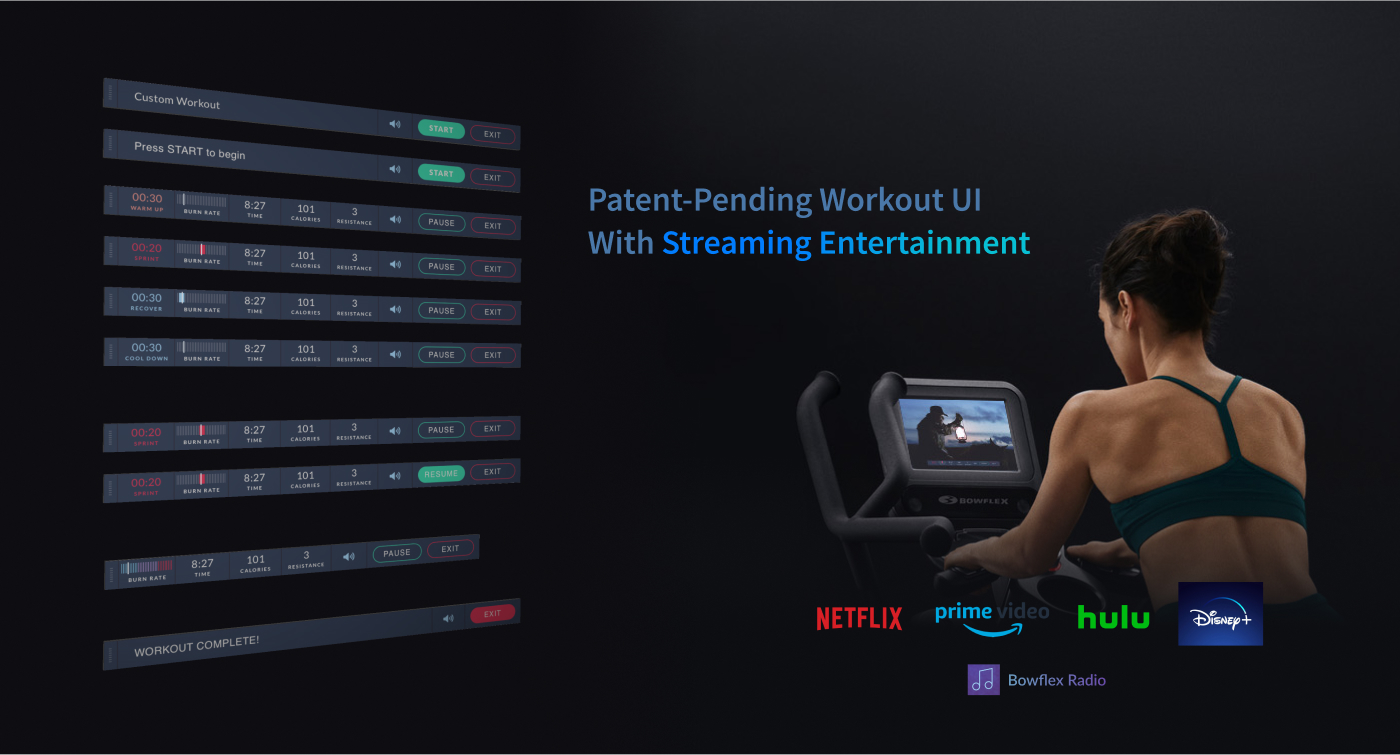
Prior to this project, the Bowflex Max app's UI was in a single document from the Sketch app. It was created by an outside agency and was primarily designed for iOS phones and tablets. On my team of two other digital designers and a UX manager, I noticed the slow pace and difficulty in collaboration.
Sharing meant duplicating the main file, then figuring out how to copy approved updates over. Plugins helped, but most were clunky and unreliable. As features grew, and more hardware and device screens required support, the main file split into separate files. Despite how well we kept it organized, our manager would ask the team every five minutes where things were after unsuccessfully digging through Sketch and InVision. Design reviews with stakeholders also involved spending too much time exporting JPGs and pasting them into PowerPoint slides. As the VeloCore and JRNY efforts progressed, these team process issues became more pronounced.
I spearheaded a process improvement effort by creating a new method for stakeholders, developers, and cross-functional team members to work with my design team. Figma was key for design work, with links documented in Jira and Confluence. Being the only team member with Figma experience, I migrated the team’s UI library on my own. Then I built a design system for my team to apply across all custom touchscreens plus iOS and Android devices. I made components and patterns, and I organized screens and images for easy cross-team access.
Last but not least, I taught everyone on how to use the design system and Figma, catering their learning sessions based on their needs as stakeholders, product managers, designers, engineers, marketers, etc.
My new process enabled fast, cloud-based, real-time sharing and collaboration. It clearly differentiated conceptual designs from final production versions for all parties. This method proved to be incredibly beneficial and a testament to working smarter, not harder.
